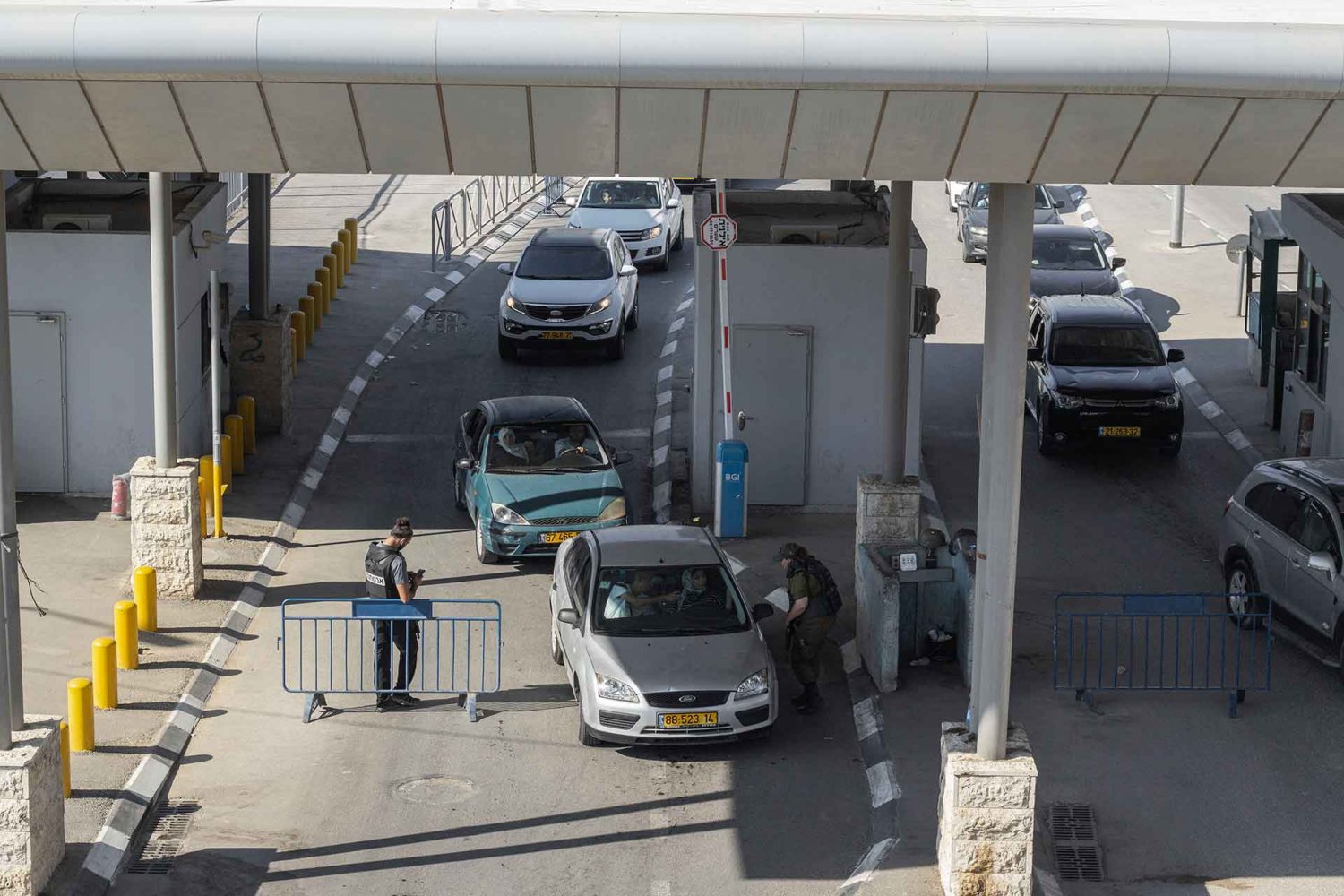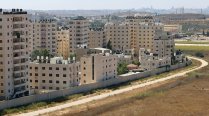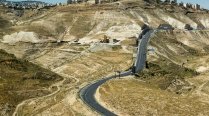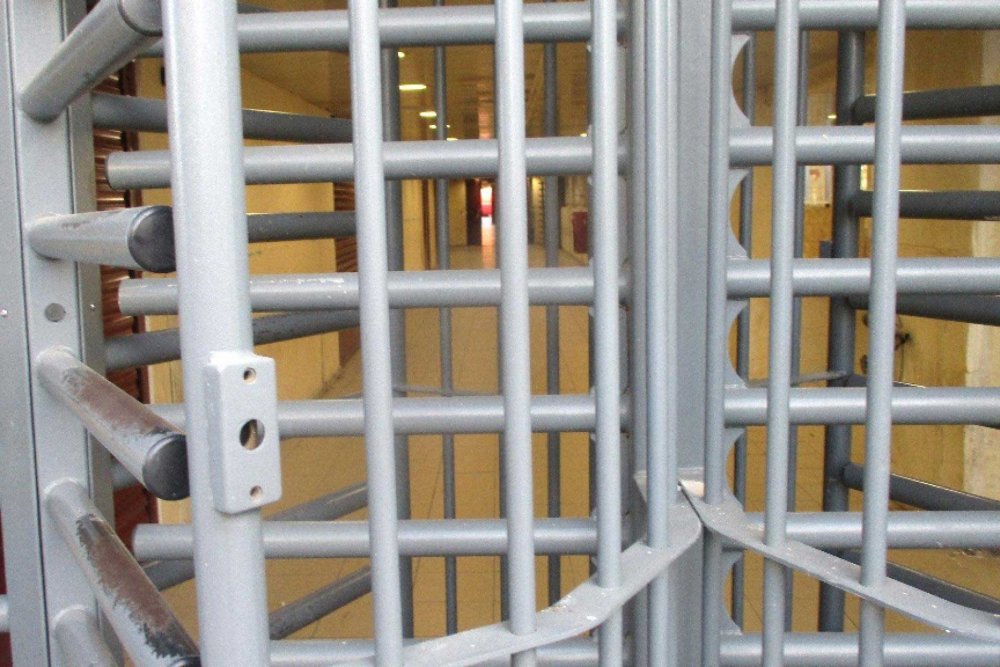Some prefer to use the Hizma checkpoint (where only vehicular passage is allowed), which has fewer delays but is generally unreachable during the morning hours, because it is used by Israeli settlers driving in to the city from the surrounding settlements. The checkpoint at the Jaba intersection is off limits to Palestinian Jerusalemites coming from Kufr ‘Aqab between 5 and 7:30 a.m. every day, to accommodate Israeli Jewish settler traffic. During those hours, settler drivers coming from the areas east of Ramallah (and anyone driving an Israeli yellow-plated car) are given priority. Palestinian Jerusalemites who would normally have access to the same road that settlers use are unable to reach it, because the Ramallah DCO checkpoint near Beit El has been closed since October 7, 2023.
While Jerusalemites can still manage to drive to downtown Jerusalem albeit with delays, those who rely on public transportation have a much bigger problem. Two weeks into the war, the Qalandiya checkpoint was finally reopened to pedestrian traffic; however, only for two hours in the morning and two hours in the afternoon. This meant that all residents needing to get to and from work or school had to arrive en masse at the same time, creating hours-long delays.
Otherwise, the checkpoint is closed to pedestrians, forcing commuters to use the single bus route connecting downtown East Jerusalem to Kufr ‘Aqab. Commuters must wait in line—and the lines are long—to find a bus seat.
Most Israelis and the international community have no interest in the welfare of Jerusalemites living beyond the wall. Palestinians cannot legally challenge these clearly discriminatory practices because Israel has declared war and therefore emergency war laws are in effect. Such laws give the Israeli security services wide-ranging freedom to execute the policies they choose without regard to the right of travel or the rule of law and the principle of equality—rights, rules, and principles that Israel has never implemented in this arena in any case.




